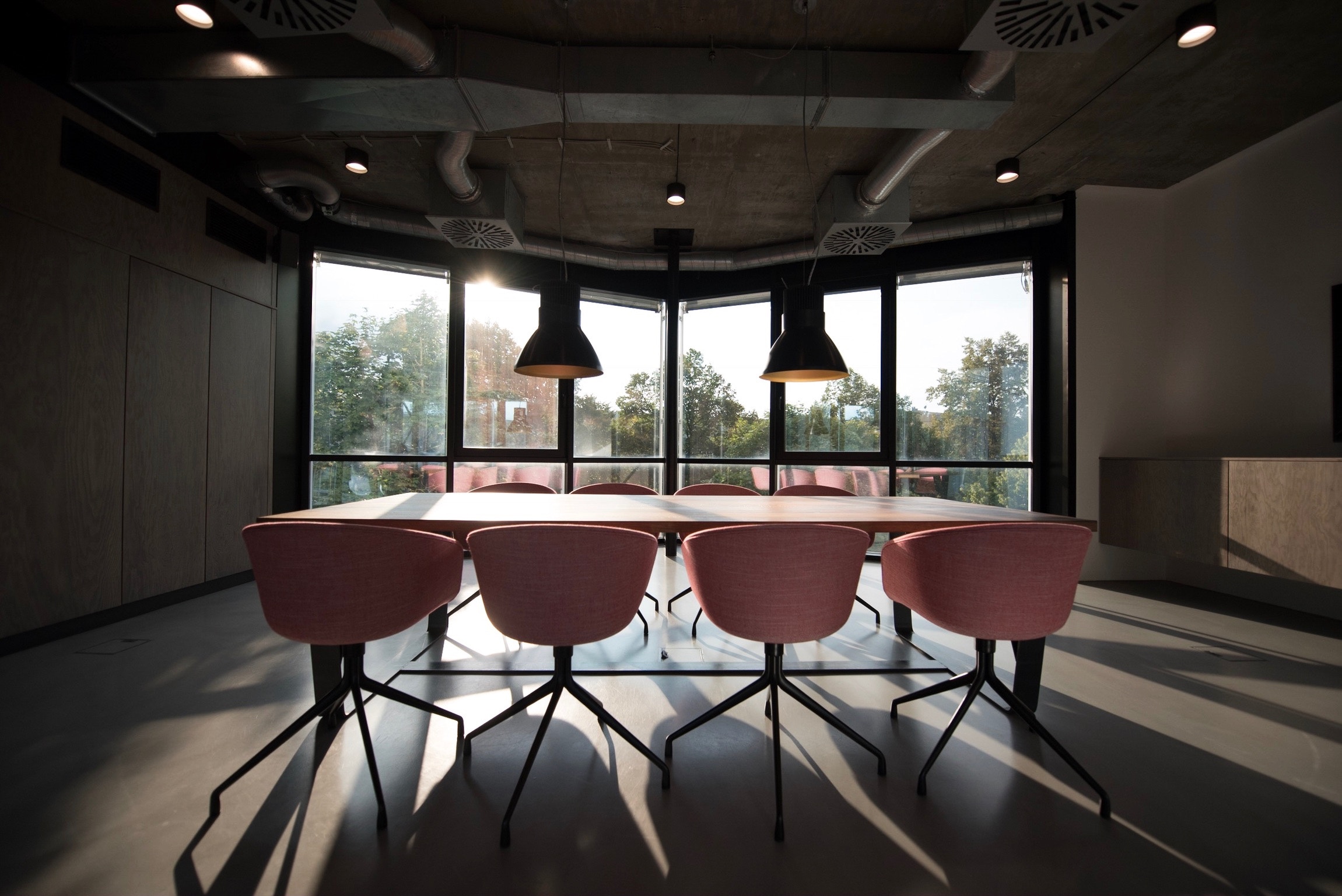In the quest for enhanced productivity and a more efficient workplace, businesses often invest in the latest technologies and strategies. However, there’s an often overlooked aspect that plays a significant role in shaping a productive work environment – office furniture. The right furniture choices can make a substantial difference in employee well-being and productivity. In this article, we’ll explore five ways office furniture can improve productivity and even provide you with two bonus tips to create an inspiring workspace.
Ergonomic Comfort
One of the most critical factors affecting productivity is the comfort of employees while they work. Uncomfortable seating and poorly designed desks can lead to discomfort, fatigue, and even long-term health issues. Ergonomically designed office furniture can alleviate these problems by promoting proper posture and providing comfort during extended periods of work. Chairs with adjustable lumbar support, height, and armrests, along with adjustable desks, help employees maintain a healthy and comfortable working posture, ultimately leading to increased productivity.
Organized Workspaces
A cluttered and disorganized workspace can be a significant productivity killer. Office furniture that incorporates effective storage solutions can help keep the workspace tidy and well-organized. Cabinets, drawers, and shelves built into desks or adjacent to workstations can help employees keep their documents, supplies, and personal items in order. When everything has its place, employees can quickly access what they need, reducing time wasted searching for materials and improving their overall efficiency.
Collaborative Spaces
In today’s collaborative work environments, office furniture plays a pivotal role in fostering teamwork and creativity. Well-designed collaborative spaces equipped with comfortable seating arrangements, modular furniture, and flexible layouts can encourage spontaneous meetings and brainstorming sessions. Whether it’s a cozy lounge area, a collaborative table, or movable partitions, these features create spaces that promote interaction and idea-sharing, ultimately boosting productivity through enhanced collaboration.
On top of that, good air quality and adequate temperatures can also make a massive difference in an office. In a smaller space, residential air conditioning can help keep the temperature optimal and the air quality up to par. In larger spaces, commercial systems will perform the same and ensure that the employees can focus on their work rather than keeping themselves cool.
Personalized Workstations
Employees have diverse work preferences, and offering personalized workstations can go a long way in improving their productivity. Adjustable desks that allow users to switch between sitting and standing positions empower employees to find the setup that suits them best. Additionally, providing options for customization, such as color choices or the ability to add personal touches to workstations, can contribute to a sense of ownership and comfort, leading to increased job satisfaction and productivity.
Making things easier and more comfortable for employees can also positively affect productivity. Apart from personalized workspaces, employers may also opt for fun and handy gadgets, like wireless chargers, triple/dual screen monitors, office chair seat cushions, and more.
Aesthetic Appeal
The aesthetics of an office environment can significantly impact employee morale and productivity. Well-designed and visually appealing office furniture creates a pleasant atmosphere that can enhance focus and creativity. Thoughtful color schemes, modern designs, and high-quality materials can make the workspace more inviting and enjoyable. A beautiful office not only attracts top talent but also helps retain existing employees by providing a space they enjoy working in.
Bonus Points:
Natural Elements
Incorporating natural elements into office furniture design can have a positive impact on employee well-being and productivity. Furniture made from sustainable materials like wood or bamboo can contribute to a healthier, more environmentally friendly workspace. Additionally, adding indoor plants or greenery to the office can improve air quality, reduce stress, and boost mood and productivity.
Noise Reduction
Open-plan offices can sometimes be noisy, making it challenging for employees to concentrate. Office furniture can play a role in mitigating this issue. Acoustic panels, sound-absorbing furniture, and strategically placed dividers can help create quieter workspaces, allowing employees to focus without distractions.
Conclusion
While it’s easy to overlook the role of office furniture in productivity, its impact on the work environment is undeniable. Ergonomic comfort, organization, collaborative spaces, personalized workstations, and aesthetic appeal are five key ways that the right office furniture can enhance productivity. Additionally, incorporating natural elements and addressing noise issues through furniture design can further contribute to a more productive and enjoyable workplace. By investing in quality office furniture that aligns with these principles, businesses can create an environment where employees thrive, leading to improved productivity and overall success.


